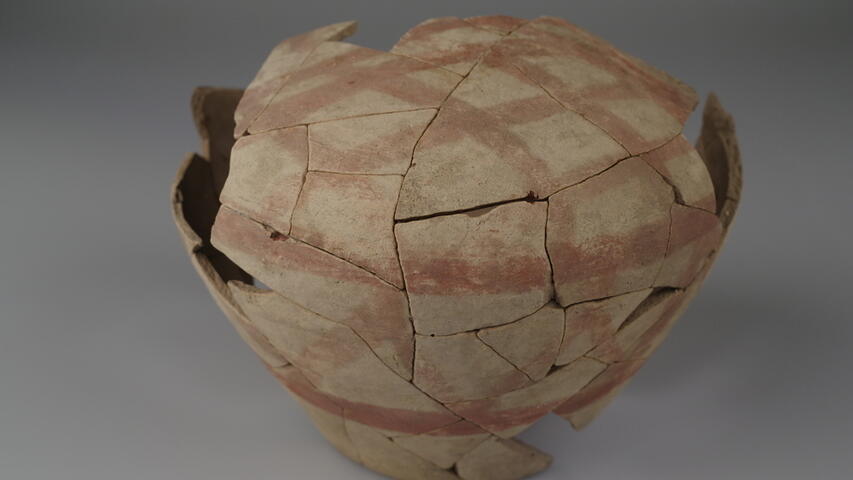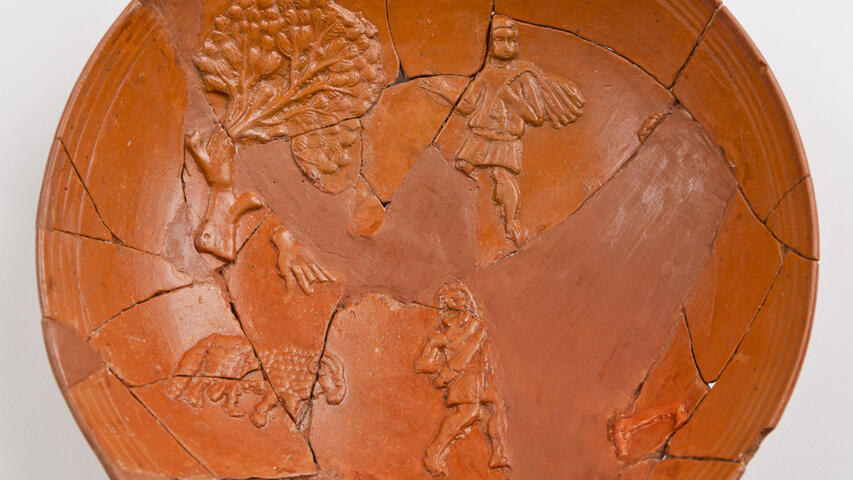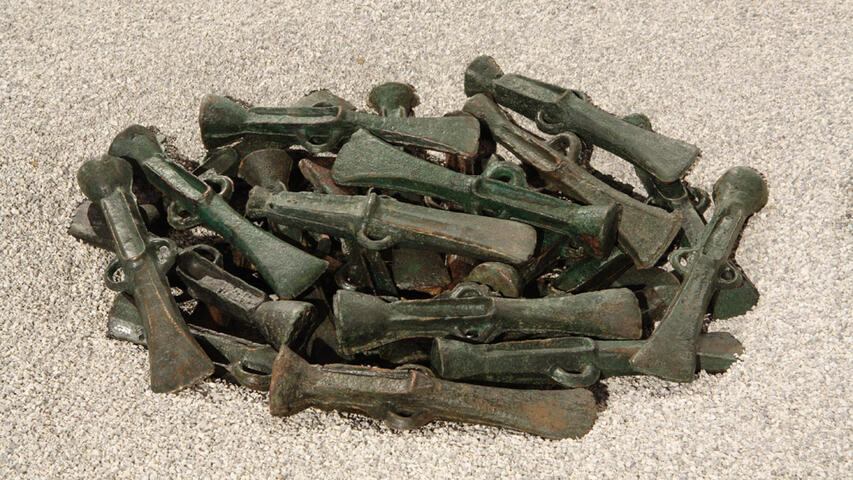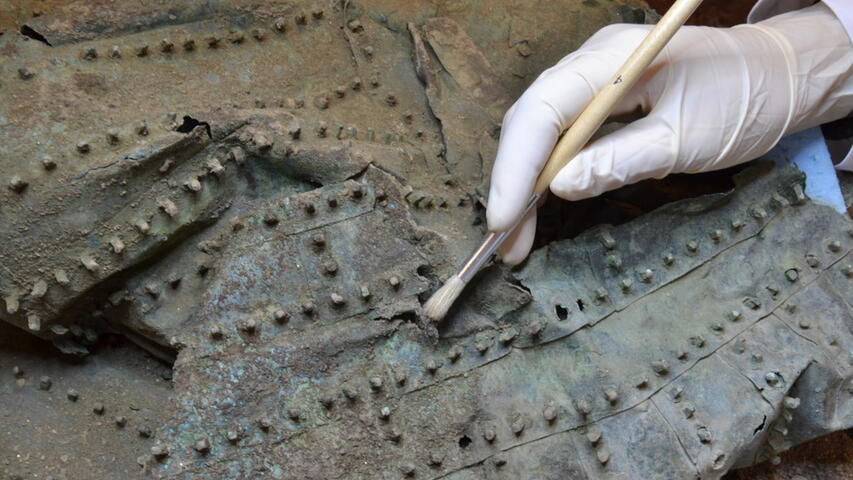Heritage Sites
The footprint of the Galician people
Beautiful landscapes guard a rich millenary legacy
Cave engravings, mámoas, dolmens, castros... The traces of those who inhabited As Rías Baixas before our era extend along the coast and inland of the province of Pontevedra framed in beautiful landscapes, tracing a millenary journey that combines history, legend and magic.
The fortified settlements in imposing places such as Santa Trega, with the Atlantic Ocean and the estuary of the river Miño at their feet, transport visitors back to pre-Roman times. In A Lanzada, also in a privileged location, the vestiges of an ancient trading emporium with the Mediterranean emerge. O Facho, with its Iron Age fortified settlement and its ancient sanctuary, unfolds before us the grandeur of the Cíes and Ons islands.

The fortified settlement of Castrolandín, very close to the centre of the spa town of Cuntis, dates from the end of the Iron Age and was inhabited between the 4th century BC and the 1st century AD. Linked to the site is the Terra Termarum Foundation's Terra Termarum Interpretation Centre, which shows the Castro way of life and where a traditional pottery workshop is held.
Enigmatic petroglyphs such as the one at Mogor in Marín, next to an idyllic beach, or those at Campo Lameiro, the largest concentration of open-air rock art in Europe, raise questions about the meaning of these engravings: territorial marks? Fertility rites? Astral representations? Doubts persist. These evocative engravings are now part of the identity of this destination and of the landscape of As Rías Baixas.

Mysterious labyrinths
Who engraved them? What is the meaning of these enigmas? How were they discovered? Campo Lameiro hides a treasure of international importance, dating back to the Bronze Age. In the Archaeological Park of Rock Art (PAAR) we find the largest concentration of open-air rock art figures in Europe.
Mámoas and dolmens, funerary monuments, take us even further back to the Neolithic. They were erected by the ancient settlers in the mountains of the province more than five thousand years ago and preserve intact their aura of mystery and monumentality, such as those of Chan de Arquiña, Chan de Armada or Chan de Castiñeiras, ideal for fantastic hiking routes.
The archaeological museums in the province of Pontevedra give us clues about these monuments and take us back to the past, through the valuable pieces recovered from the sites. The Museum of Pontevedra houses treasures in stone, bronze, iron and ceramics rescued from oblivion after being buried for centuries. The Archaeological Park of Campo Lameiro or the Archaeological Museum of Santa Trega (Masat) in A Guarda also open a window to the culture, society and habits of the Galician people.



